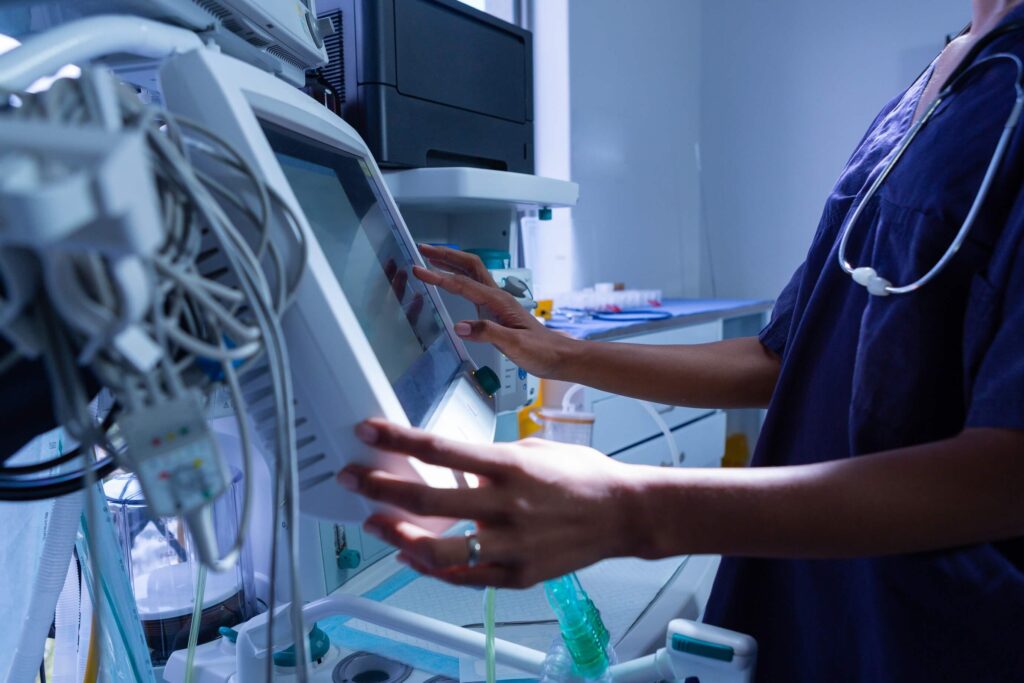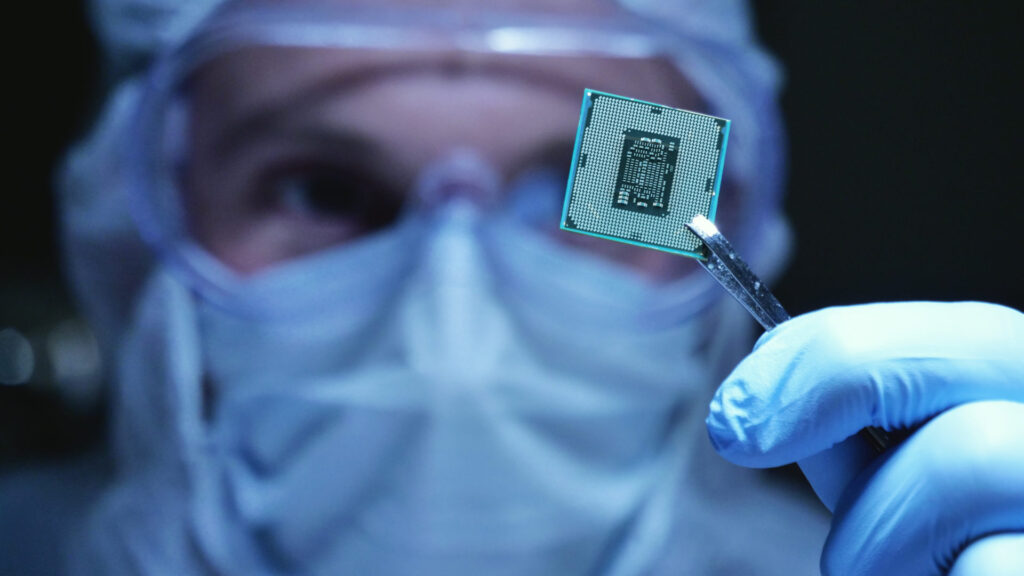The EU MDR is in force: last call for the MedTech industry to take action
The MDR – a new European Union regulation governing the creation and introduction of medical devices to the market (including software) has entered into force in May 2021.
For companies like yours to fully and efficiently implement the requirements introduced by the new regulation, the first steps in this direction should be taken as soon as possible.
Krzysztof Minicki, Director of Healthcare & Life sciences, explains what changes have affected the European MedTech industry and how to adhere to them.
What is the EU MDR?
The MDR (Medical Device Regulation) is a new regulation governing the production and distribution of medical devices. It has entered into force on May 26, 2021 and applies in all European Union countries. Due to the Covid-19 pandemic, its introduction was postponed by a year.
What changes has the EU MDR brought?
The new regulation includes a number of changes aimed at modernizing the quality management system and the safety-related systems for manufacturing medical products.
Tightening up the procedures and criteria
The EU MDR introduces more stringent and precise control, especially of the high-risk products belonging to the highest class, i.e. those which, in specific cases, may permanently damage a patient’s health or even lead to their death.
Due to the introduction of the EU MDR, the criteria for procedures applicable to notified bodies, that is companies and organizations that deal with the certification, control and supervision of medical products, are tightening.
The provisions related to the introduction of technical evaluation have also been tightened.
Increased transparency
The EU MDR provides greater transparency in terms of management, thanks to the creation of a comprehensive EU database of medical devices. This change is to guarantee better traceability of medical devices through the introduction of unique identification codes and broadly understood access to this data.
New procedures for implants
One of the changes introduced by the MDR refers to devices that are implanted. A novelty is the obligation to keep an implant card for patients who have various medical devices implanted, not only the passive ones. For example, this could be IT solutions that enable people with hearing problems or complete loss of hearing to hear through the direct connection to neurons.
Standardization of requirements and criteria
The supervision for manufacturers of medical devices that have been already released to the market has been strengthened and standardized. Coordination of the mechanisms of control, supervision, observation and exchanging information between the member states of the European Union has also been unified.
Changes in the classification of software
The earlier directive in many cases allowed classifying various types of medical software solutions, into class I.
The new regulation introduced a different classification method. Any software is classified by default at least into class IIa. It is quite a big and significant change from the perspective of companies whose devices belonged to class I so far. Until now, they could theoretically introduce a device belonging to a very low-risk class to the market, without having a certified quality management system and by making the self-assessment and self-CE marking certification.
After the introduction of the EU MDR regulation and the reclassification of software from class I to at least class IIa, such a scenario is no longer possible, because the requirements have been tightened and the entire process is subject to greater control.
Therefore, please bear in mind that the process of software development and its introduction to the market may now take longer and some additional actions may be required, such as an external audit and a revision of the technical documentation.
For more details on the changes introduced by MDR, see this article >>
How long is the transition period and who does it apply to?
Medical device manufacturers can take advantage of the so-called transitional period during which they can prepare to change their software development and classification process.
According to the EU MDR, the transition period for class I devices is 4 years (valid until May 26, 2025). However, it applies only to manufacturers of devices that are present on the market and, very importantly, only until any changes to the product are implemented.
A change is understood as, inter alia, a software update that relates to various issues (not specified in detail by the MDR). This could be a security patch, for example. In such a case, the EU MDR regulation forces the manufacturer to reclassify their product to class IIa.
Therefore, the introduction of any update or change after May 26, 2021, implies the need to fully implement the MDR. The manufacturer then loses the possibility of using the transitional period. Therefore, it’s better to take steps to achieve MDR compliance as soon as possible.
Does the MDR apply to companies outside the EU?
The MDR regulation applies to any entity that has or would like to introduce a medical device to the European Union market, regardless of its location.
Such companies must meet the requirements imposed by the regulation, even if their headquarters are not located within the European Union, because all medical devices that are available on the European Union market must have the CE mark, which requires compliance with the EU MDR regulation.
Do you need help with MDR compliance?
Our consultants have extensive experience in the medical device industry. As a company, we also have been preparing for the MDR for a very long time, both in terms of extending our own knowledge and adapting our quality systems to comply with the new regulation.
We offer various assistance services. First of all, we can conduct an independent audit to check your readiness for compliance with the new regulation. We also help in reviewing the documentation of your medical device against the provisions of the EU MDR regulation.
We operate in two stages, always in close cooperation with the client. In the first stage, we check to what extent your product meets the regulatory requirements. We conduct a gap analysis, on the basis of which we prepare a report of problems and areas that meet the requirements and things that you still need to work on.
In the second stage, together we discuss how we can address these issues. Your participation in this process is crucial because no one else knows your product and the context of its use so well. By combining our expertise with your deep understanding of the product, we can identify key issues and come up with the best solutions.
The consultations not only result in finding solutions to the problems identified in the previous stage but also allow your team to enhance their knowledge through practice. We value open conversation. We always explain why the changes are needed, how to best approach them and what the potential solutions are. Together we look for the one that will be the most beneficial and convenient for you in terms of implementation.
In addition to consulting services, we also conduct training sessions in the form of workshops, during which we explain the theory and practical application of selected MDR issues, such as, for example, the approach to classification of medical devices under the MDR, or the consequences of switching from the MDD to MDR.
We also suggest good practices and solutions that may help you conduct post-market activities effectively, i.e. activities that the manufacturer is obliged to carry out in terms of monitoring and reporting that apply to devices that are already on the market, especially software.
About the author
RECOMMENDED ARTICLES
Contact us





